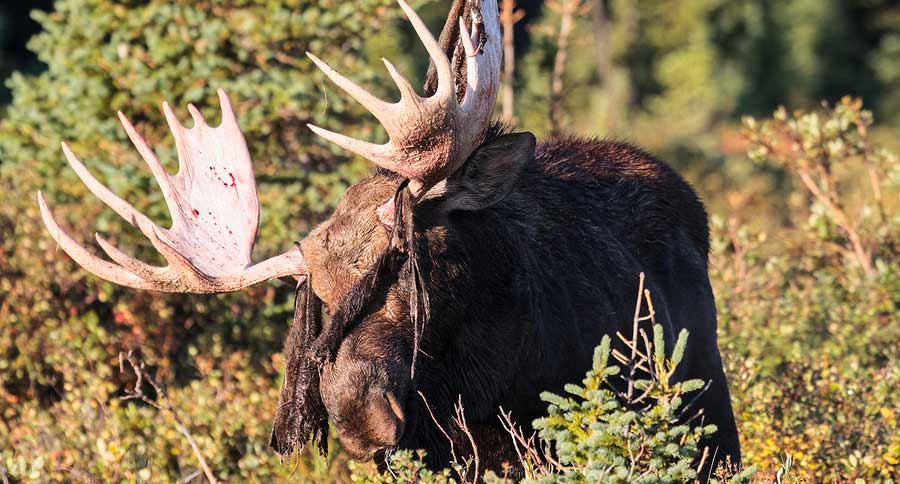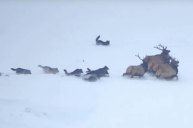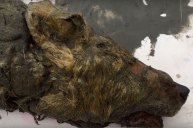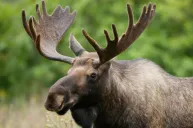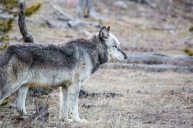Isle Royale scientists are saying that as the wolf population plummets, the moose population is exploding, and that could mean catastrophe for the moose.
Scientists suggest that the current moose-to-wolf ratio on Isle Royale National Park is unsustainable, for both moose and wolves.
They say that because the wolf population has dipped so low - with only two wolves left in the park - that the moose have been breeding unsustainably and will soon overpopulate the island cluster, essentially eating themselves out of a home and causing mass starvation of the big cervids.
The surviving two wolves are all that's left from several packs consisting of at least two dozen canines as recently as 2009. The wolf population is the lowest it's been since the 1950s, when scientists first began observing and documenting them on the island. It is also assumed that the two remaining wolves, a male and a female, are too old to breed again.
A report from the Michigan Technological University suggests that more wolves need to be imported to the park to restore a healthy predator-prey balance between wolves and moose.
The concern is that the moose are becoming so abundant and eating so much of the area's balsam fir trees - a favored food - that their population will soon expand beyond sustainable numbers. They have, in fact, eaten so many fir trees that some formerly forested areas have been turned into grassy plains.
Aerial surveys have estimated the current moose population at around 1,600 animals, which biologists say could double over the next three to four years if left unimpeded by wolf predation.
The biologists want to see more wolves brought in to bolster the depleted population, and the National Park System is said to be considering options to do so, but has not committed to any course of action thus far.
The biologists also recall that in the early 1990s the wolf population took a serious dive and the resulting moose population exploded to around 2,500 animals. They indicate that around two-thirds of the moose starved to death during a particularly hard winter in 1996.
At a time when wolves are such a contentious issue in the northern and western states introducing more of them into the park might prove problematic.
Moose are assumed to have populated the island in the beginning of the 20th century and wolves are thought to have arrived in the late 1940s via ice bridges from the mainland. With that in mind, what prevented the moose from overeating themselves out of the environment or dying from mass starvation during the 50 or so years before the arrival of the wolf?
Question: Why not enlist moose hunters to pick up the slack of dwindling wolf numbers? Surely there are additional options to be considered in addition to bringing more wolves into Isle Royale.
The park service has indicated that it is strongly considering importing 20 to 30 wolves over a three to five year period.
Like what you see here? You can read more great articles by David Smith at his facebook page, Stumpjack Outdoors.
NEXT: Animal Rights Groups Dishonestly Attempting to Place Wolves in Colorado
